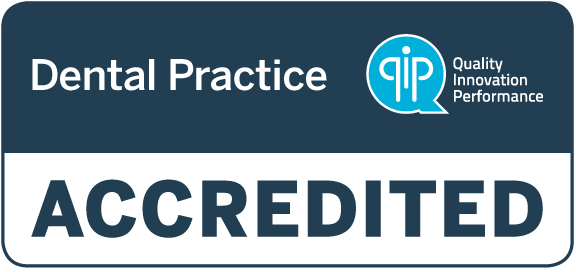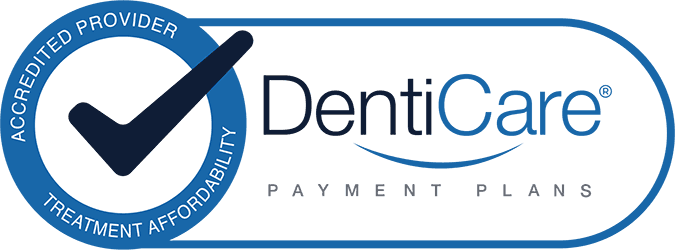Frequently Asked Questions
Your child’s first dental visit is internationally recommended to occur by 12 months of age. Dental problems at an early age is not uncommon, and the earlier the dental visit, the earlier prevention can begin. Baby teeth are needed for proper chewing, learning to talk, developing jaw muscles, and good self image. Some of the baby teeth must serve until the child is at least 12 years old. Early examination and counselling at our practice ensure your child gets the best possible dental start which will hopefully carry them into adulthood.
Your child may have discomfort and can be irritable when teeth begin to erupt. They like to place fingers and other objects in mouth to relieve discomfort. Also, your child may have sore or tender gums; increased dribbling, flushed cheeks and change in eating patterns.
Teething discomfort can be relieved by use of teething gel, cool teething ring or cold wet washcloth to chew on. Fever is not normal for a teething child and should seek medical consultation if your child has an unusually high or persistent fever while teething.
This is very common and most of the time no treatment is required. Nevertheless, some children’s primary teeth may not fall out spontaneously and will require extraction. You should get them check out soon. Moreover, it is not uncommon that some teeth erupt a few months early or late as all children have different eruption patterns.
Often young children will not want to cooperate toothbrushing initially, but it is important to persevere! The easiest way to do brushing on infants and toddlers is to sit down, place the child’s head in your lap or lay the child on a change table or the floor. Usually this position will provide you a good access to brush and floss your child’s teeth. Other ways which may work for you child include:
- Letting child picks out a few toothbrushes with his favourite characters and giving him/her a choice of which one he/she wants to use each time (This will give the child some feeling of control over the situation.)
- Try an inexpensive battery operated brush to add fun to the task.
- Let child brush his/her own teeth first. You will have to “help out.”
- Use child friendly flossing aids.
- Use a step stool and mirror to help child be proud of his/her results.
- Read some children’s books about tooth brushing.
- Have everyone brush their teeth at the same time. Show your child that you brush too! Do not share toothbrush.
- Create a “tooth brushing routine” and stick to the same routine each day. Tooth brushing charts can motivate older children.
Children need to use toothbrushes designed for children. They should use brushes with soft, rounded bristles for gentle cleaning. Change to a new brush about every three months. Some children seem to do a more effective job of cleaning the teeth with the aid of an electric toothbrush. It is often a matter of patient preference, and the novelty of the electric toothbrush may even motivate children to brush more frequently.
Fluoridated toothpaste should be introduced when a child is 1 year of age. Prior to that parents should clean the child’s teeth with water and a soft-bristled toothbrush. When toothpaste is used in young children, only a small pea-sized amount on the toothbrush is recommended. Children should spit out and not swallow excess toothpaste after brushing.
Parents need to assist toothbrushing twice daily as young children do not have the dexterity to brush their teeth effectively. Children need help to brushing until the age of 9.
- Serve a variety of healthy foods and snacks. Younger kids will most likely eat what is available at home.
- Dairy foods (plain milk, cheese, yoghurt)
- Fruits, veges, tofu, lentils, nuts
- Lean meats and other protein e.g. eggs, nuts
- Limit fat intake, fast food and other low nutrient snacks.
- Do not routinely stock your pantry with sugary or starchy snacks.
- Serve mainly water and milk. Limit intake of sugary drinks such as juice, cordial, soft drinks, fruit-flavoured drinks and flavoured milk. Given in diluted and in cup if choose to give as treat.
- Be a role model by eating healthy yourself. Children will follow the lead of the adults they see every day. Send the right message.
- Establish a predictable schedule of meals and snacks. Don’t use food as a way of showing love.
- Save sugary foods for mealtimes, not as a snack.
- Limit the number of snack times.
- Keep healthy snacks (fresh fruit, vege sticks, cheese, yoghurt, nuts, plain crackers, unsalted popcorns) readily available for children to grab.
- Try sugarless gum as a substitute for snacking, or chew it following a snack to stimulate the flow of saliva.
- Brush or rinse the mouth with water following a snack.
- Involve children in the process about making choices and planning a balanced meal.
- When checking for sugar, look beyond the sugar bowl and candy dish. Sugar can be found in many processed foods even they do not taste sweet.
- May let children help prepare meals.
- Frequent ingestion of sugars and other carbohydrates (e.g. sweetened snack foods, juices and acidic beverages) and prolonged contact of these substances with teeth increase risk of dental decay. Ask our paediatric dentist to assess your child’s diet.







